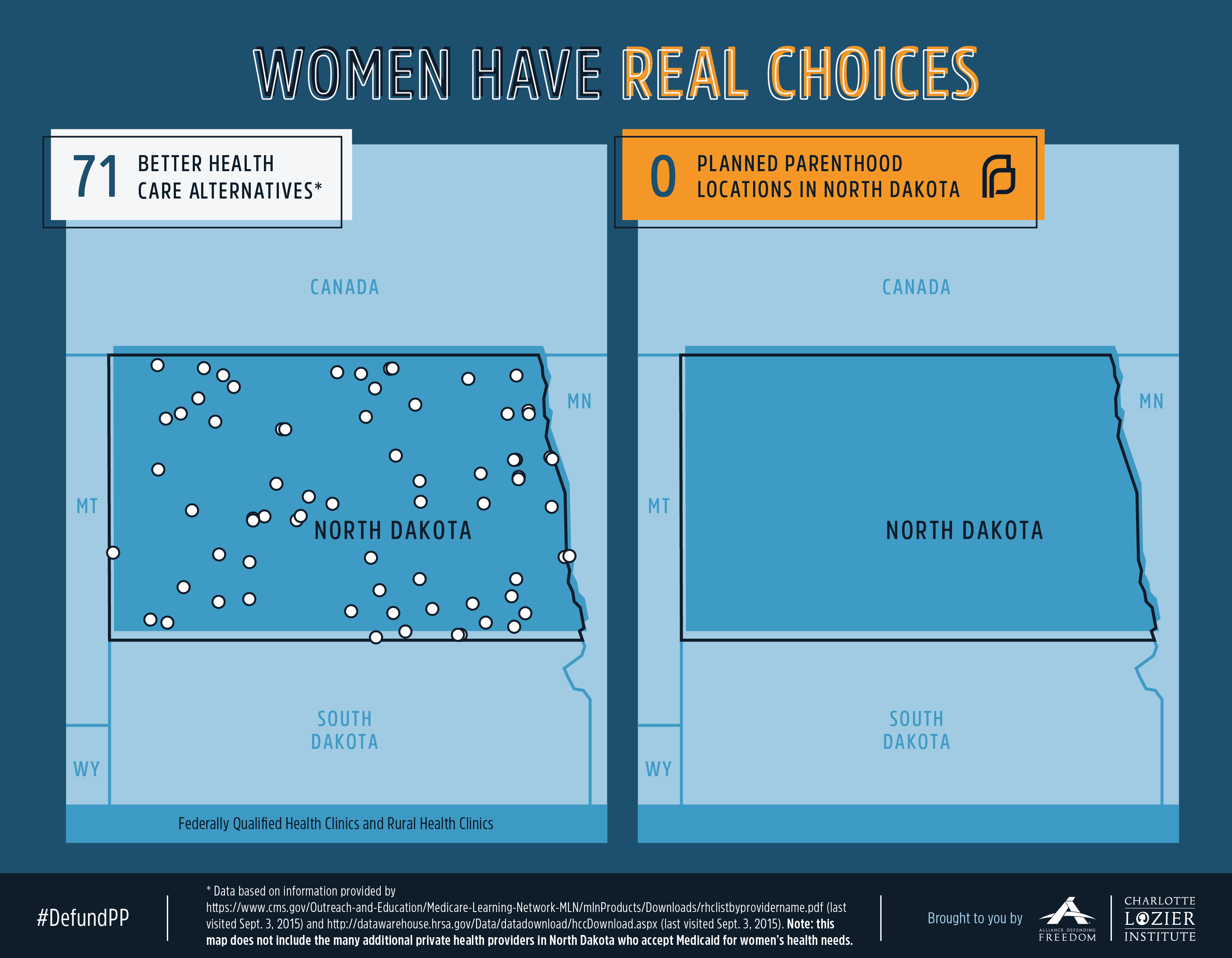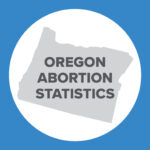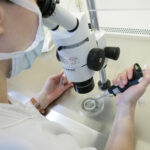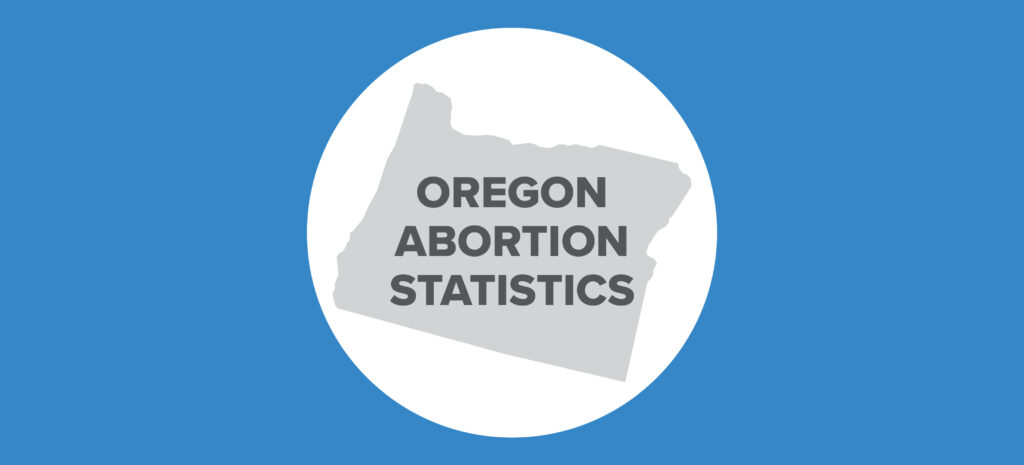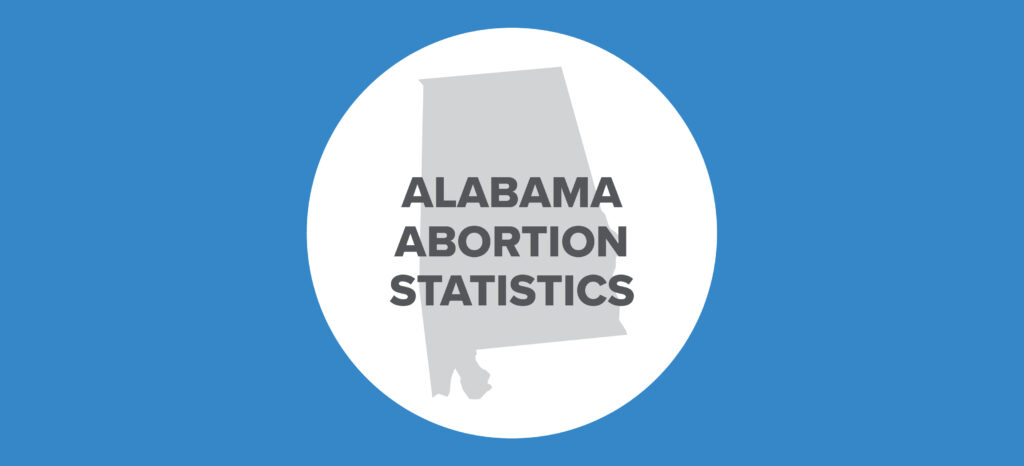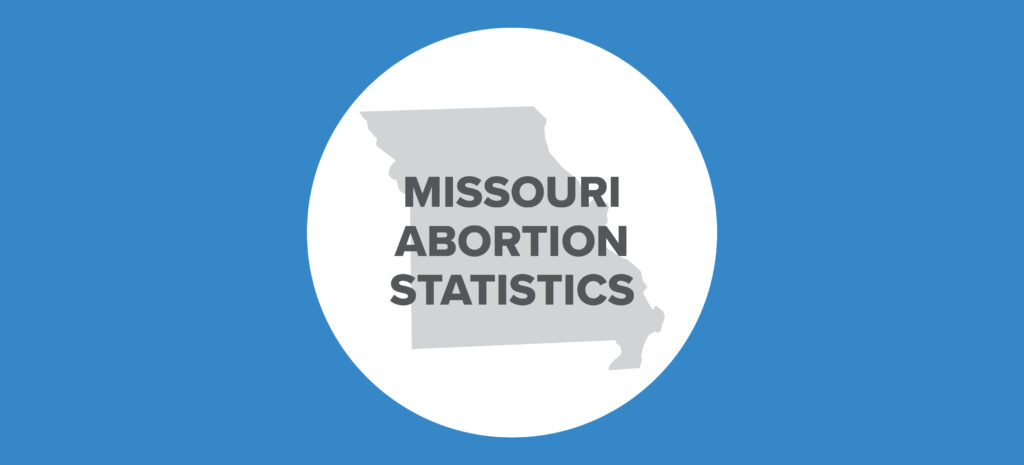Access to Care: A Mission for Community Health Centers
In response to the Planned Parenthood scandal involving late-term abortions and harvesting fetal tissue from aborted babies, some are clinging to the claim that women, especially low-income women living in medically underserved areas, rely on the organization as their only healthcare provider. Further scrutiny has revealed that low-cost, publicly-funded health centers outnumber Planned Parenthood facilities 20 to one nationwide, care for 23 million Americans, and even provide more health services.
Aside from the sheer number of the combined sum of 13,000+ Federally Qualified Health Center (FQHC) service sites and Rural Health Clinics (RHCs), two aspects of these centers distinguish them and their mission: transportation assistance and accessible locations.
Transportation assistance is enumerated in Section 330 of the Public Health Services Act as one of the “required primary services” of FQHCs (i.e., “services that enable individuals to use the services of the health centers (including outreach and transportation services)” §254b(b)(1)(A)). The National Association of Community Health Centers (NACHC) fact sheet says: “Health centers are also obligated to… offer services that help their patients access health care, such as transportation, home visitation services, translation, case management, and health education.”
On average, there is at least one federally funded low-cost health center within five miles of any Planned Parenthood. Using the new resource website, GetYourCare.org, anyone can see the exact locations of the thousands of community health centers and find the nearest clinic.
The 4,000 or so Rural Health Clinics, though not specifically required as FQHCs are to provide transportation assistance, are located only in rural, medically-underserved areas, which is not the case for Planned Parenthood. North Dakota, for instance, is one of the 10 most rural states according to the Census Bureau, and there are no Planned Parenthood facilities there. Meanwhile, there are 71 federally funded low-cost health centers and many more providers who already care for the state’s women.
To get a sense of the health care choices on a smaller scale, the Charlotte Lozier Institute (CLI) examined the locations of some of the “worst offenders,” that is, Planned Parenthood facilities which were featured in the Center for Medical Progress videos as involved in the harvesting and sale of fetal tissue. CLI identified a staggering number of federally qualified health centers that provide comprehensive health care within close proximity to these clinics.
For example, there are 42 health centers within a five-mile radius of Planned Parenthood’s Bixby Health Center in Los Angeles where Dr. Mary Gatter was Medical Director as recently as 2012. Dr. Gatter was shown in one CMP video negotiating prices for harvested fetal tissue with an undercover buyer, and offering the now-infamous comment, “I want a Lamborghini.” The Bixby Health Center performs abortions up to 23 weeks and six days gestational age.
CLI found that there is actually an FQHC within a mere 213 feet of this Planned Parenthood center. The Los Angeles Christian Health Centers at Exodus Recovery provides services that include primary and preventative adult and pediatric care; HIV and Hepatitis C counseling, testing, and education; pharmacy; laboratory; and radiology services.
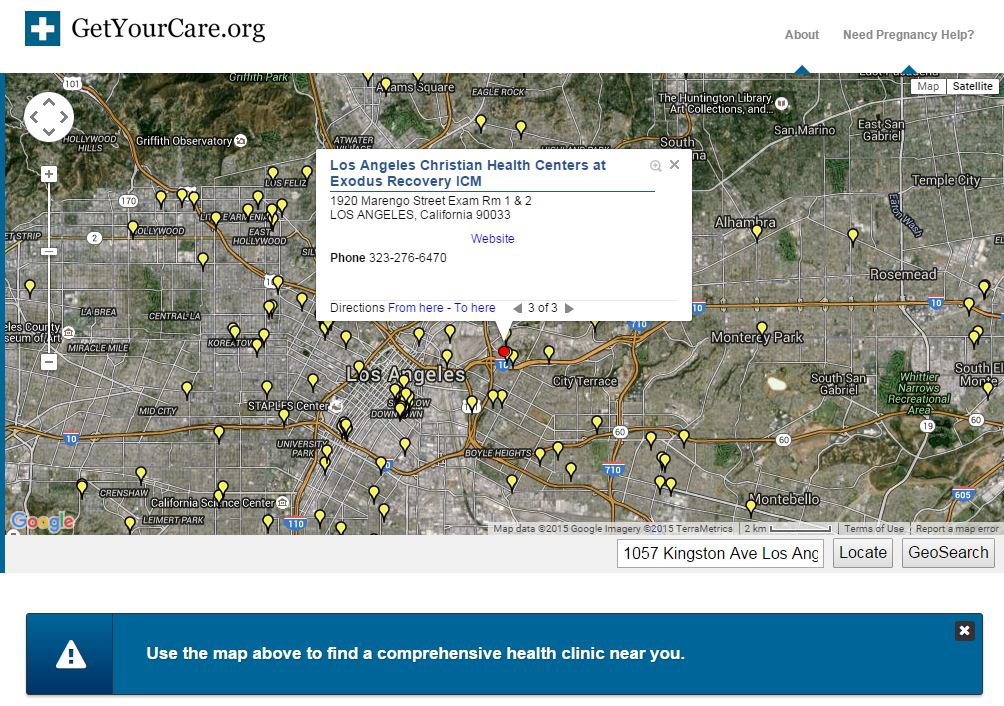
In Houston, CLI found that there were 13 FQHCs within five miles of Planned Parenthood’s abortion mega-facility, the Center for Choice Ambulatory Surgical Center, which performs abortions up to 19 weeks and six days. In one CMP video filmed at the Houston facility, Melissa Farrell, the Director of Research for Planned Parenthood Gulf Cost, says that they can harvest “intact fetal cadavers”, “if we alter our process” and that “it’s all just a matter of line items.”
About a mile away from this abortion center is El Centro de Corazon-Eastwood, an FQHC that provides well-woman, well-man, well-child exams, STD testing, pregnancy testing, family planning, newborn screenings, and psychiatry/behavioral health services among other services. Its website also lists the nearest bus route.
Besides these locations, Washington, D.C. also currently does not have any Planned Parenthood facility. The business closed its one site this summer without having yet completed a new location in Northeast D.C. (still in the beginning stages of construction). All 23 of the FQHCs within five miles of the future Planned Parenthood location are Metro and Metro-bus accessible. Every clinic is within 0.2 miles of the nearest bus stop, and a majority are within half a mile of the nearest Metro (subway) station.
With about 20 times more locations than Planned Parenthood, federally funded health centers serve tens of millions more patients than Planned Parenthood, offer substantially more health services than Planned Parenthood does, are located in specifically rural areas (RHCs and some FQHCs), and are required to offer transportation assistance (FQHCs). Not to mention that 92 percent of FQHC patients with known backgrounds have incomes at 200% or below the federal poverty line (FPL) according to the 2014 HRSA Uniform Data System (UDS).
If government money that currently goes to Planned Parenthood were to be reallocated to these thousands of low-cost health clinics across the United States, it is eminently reasonable to expect that they can expand transportation services and even focus on a public outreach campaign for “transition assistance” for former Planned Parenthood clients (of whom there would be on average only two additional per week per health center).
Genevieve Plaster is a research assistant for the Charlotte Lozier Institute. Rebecca Gonzales is an intern for the Charlotte Lozier Institute.











